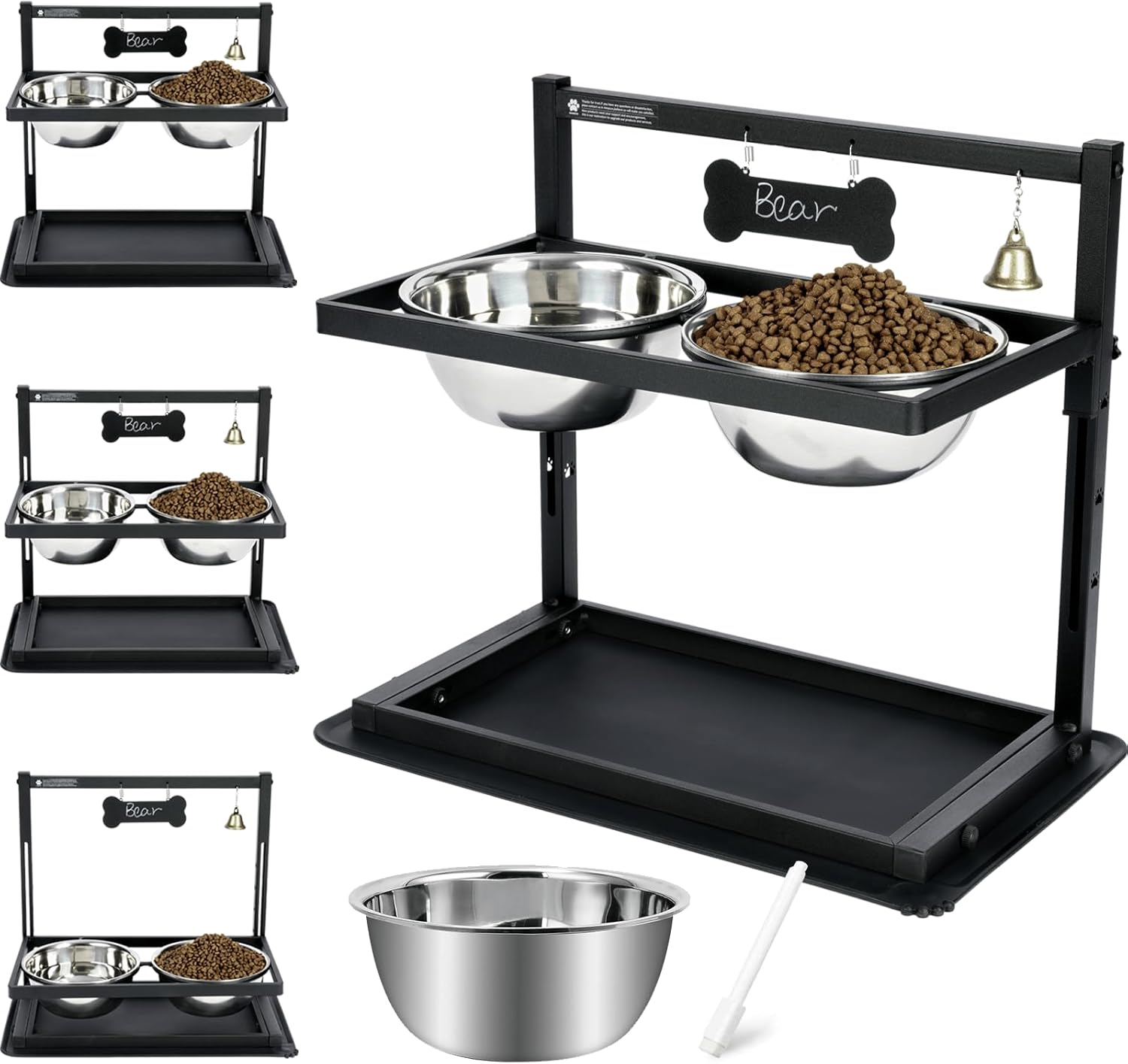How to Start Your Own Pet Sitting Business: A Beginner’s Guide
If you love animals and enjoy spending time with them, starting your own pet sitting business can be a rewarding and profitable venture. Pet sitting offers flexible hours, the chance to build personal relationships with pets and their owners, and the satisfaction of providing essential care. Whether you want to work full-time or just earn some extra income, this beginner’s guide will walk you through the key steps to start your pet sitting business successfully.
1. Understand What Pet Sitting Involves
Pet sitting means caring for pets while their owners are away, typically in the owner’s home or sometimes at your location. Responsibilities may include:
- Feeding and watering
- Walking dogs
- Administering medications
- Playing and providing companionship
- Light cleaning such as scooping litter boxes or picking up waste
Knowing what to expect will help you plan your services and pricing.
2. Research Your Market and Competition
Before launching your business:
- Identify your target customers: Busy professionals, frequent travelers, elderly pet owners, or people with special needs pets.
- Research competitors: See what services they offer, how much they charge, and what sets them apart.
- Find your niche: Perhaps you specialize in caring for senior pets, exotic animals, or provide additional services like grooming or training.
Understanding the market helps you tailor your business and marketing.
3. Get Certified and Insured
Building trust is vital in pet sitting. Consider:
- Certification: Programs like Pet Sitters International or the National Association of Professional Pet Sitters offer training and certification, increasing your credibility.
- Insurance: Liability insurance protects you in case of accidents or damage. Look for policies specific to pet sitting.
- Bonding: Being bonded gives clients peace of mind, knowing they’re protected against theft or property damage.
These steps show professionalism and commitment.
4. Set Up Your Business Legally
Make your pet sitting business official by:
- Choosing a business name: Pick something catchy and easy to remember.
- Registering your business: Depending on your location, this could be a sole proprietorship, LLC, or other structure.
- Obtaining necessary licenses or permits: Check local regulations.
- Opening a business bank account: Keep your finances organized and separate from personal funds.
Consulting a small business advisor or accountant can be helpful.
5. Plan Your Services and Pricing
Decide what services you will offer, such as:
- Daily visits
- Overnight stays
- Dog walking
- Medication administration
Set competitive prices based on your market research and the time each service takes. Be clear about cancellation policies, deposits, and payment methods.
6. Prepare Your Pet Sitting Kit
Have the essentials ready:
- Leashes, waste bags, and cleaning supplies
- First aid kit for pets
- Treats and toys
- A notebook or app for notes and schedules
Being organized makes your service professional and reliable.
7. Build Your Brand and Online Presence
Marketing is key to growing your pet sitting business:
- Create a website: Showcase your services, pricing, testimonials, and contact info.
- Social media: Use platforms like Instagram, Facebook, and TikTok to share photos, client stories, and promotions.
- Join local pet groups: Network and offer your services.
- Use flyers and business cards: Distribute in vet offices, pet stores, and community centers.
Word of mouth and positive reviews will boost your reputation.
8. Meet and Screen New Clients and Pets
Build trust with potential clients by:
- Meeting them and their pets in advance
- Asking detailed questions about pet needs, behavior, and health
- Setting clear expectations and communication preferences
- Signing a service agreement outlining responsibilities and liabilities
This upfront work prevents misunderstandings later.
9. Keep Learning and Improving
Stay updated with best practices:
- Attend pet care workshops or seminars
- Join pet sitter professional organizations
- Seek feedback from clients and pets
- Continue expanding your skills, such as pet CPR or training
Ongoing learning will help you offer the best care.
10. Manage Your Time and Business Efficiently
As your business grows:
- Use scheduling software to keep track of appointments
- Maintain clear financial records and receipts
- Plan routes and visits to save time and fuel
- Balance work and rest to avoid burnout
Good management keeps your business sustainable.
Conclusion
Starting your own pet sitting business is an exciting journey full of opportunities to combine your love of animals with entrepreneurship. By understanding your market, becoming certified, offering tailored services, and marketing effectively, you’ll be well on your way to building a trusted and successful pet sitting business.
Remember, patience and professionalism go a long way in creating lasting relationships with clients and their furry friends. Your dedication will not only provide comfort to pets but also peace of mind to their owners while they’re away.
Affiliate Products



